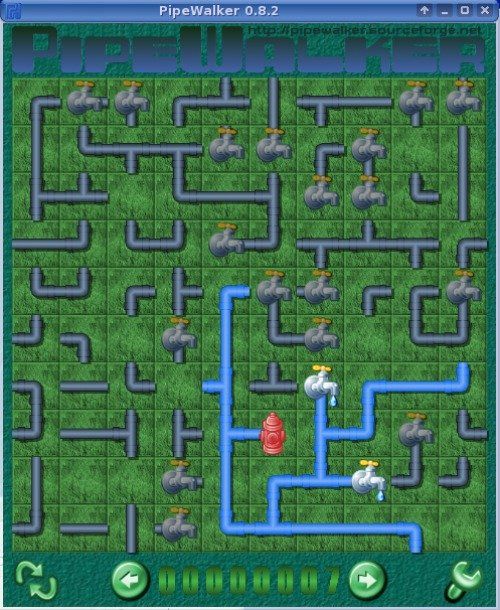My name is Mason Ellwood and I’m currently working on Flatiron School’s Online Full Stack Web Development Program. Each week, I’ll be writing about my experience, what I’m learning, and tips on learning to code.
In the simplest terms that I can think of. To me, programming workflow (if you look at it in a broad sense) is very similar to a game most of you have played once in your life.

I know it is probably not the same one you have played when you were a kid, but bare with me. So with this game, you have a beginning point. to. You have to navigate through the different options (or pipe placement) to reach the outcome you want, the purpose. With this you can can navigate to the same end point in a few different ways, but all reach the same conclusion. Or they will navigate away from the expected output to a defined end point, where you have to either start over, or travel to a different outcome. As a programmer you have to be able to envision all possible outcomes from a single start point and what conditions need to be met to retrieve the outcome you want to meet to proceed.
Conditionals are one of the foundations of programming. If “something” is met, then do “something” else, and travel through the possible outcomes to reach the user’s goal.
Ruby conditional’s control the flow of the program that you are building. This includes if, else, and elsif.
This workflow looks something like this:
- If (condition to be met)
- code to run if condition is met
- else
- code to run if condition is not met
- end

You can also add an elsif statement, which creating more conditional statements that could possibly be met. You can add as many elsif statements as you would like.

The control flow structure is a language feature which disrupts the normal progression to the next statement and conditionally or unconditionally branches to another location in your source code. This is controlled through if, elsif, and else returning true or false.
So far with the school I feel I have made some real progress. The school has been very enjoyable so far and I am learning and grown as a programmer immensely. When I started, I thought this would be very similar to other web courses I have gone through, which I am very grateful that is not the case. The Flatiron School really pushes you to think, and allows the student to write many different options for an acceptable correct answer.
Each lesson is setup with its own test suite, that basically checks that the output of your methods are correct but leaves it up to you to figure out the best possible way to retrieve and display that value. I have a long way to go, but I am amazed by the progress I have made so far and really looking forward to the other sections I will be dealing with soon.





Leave a Reply